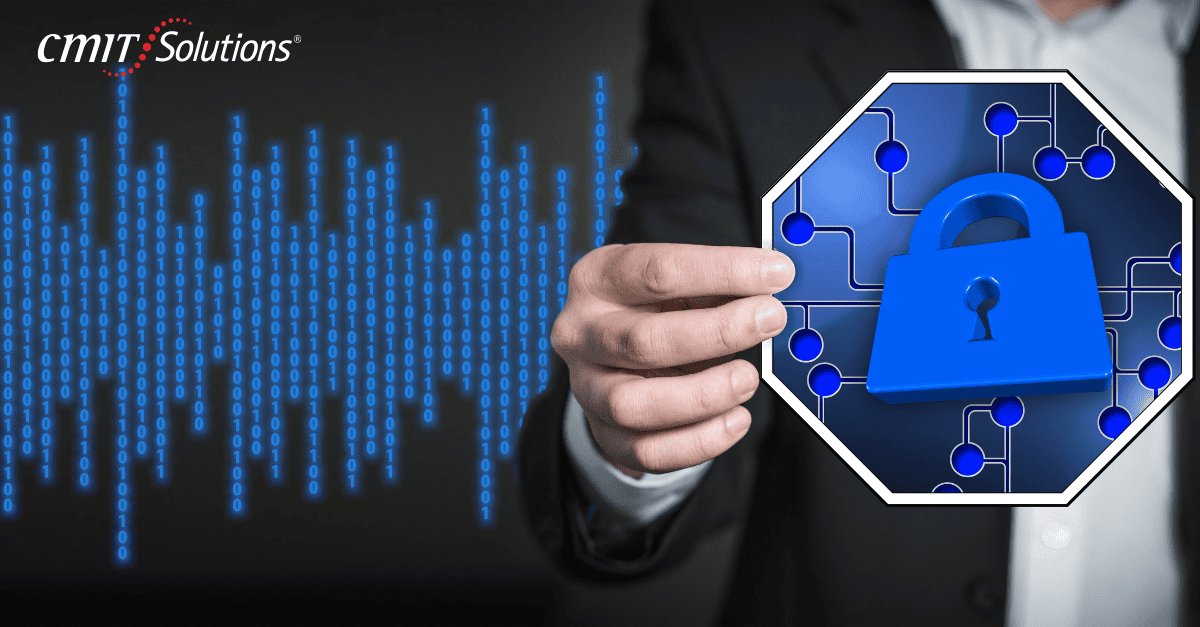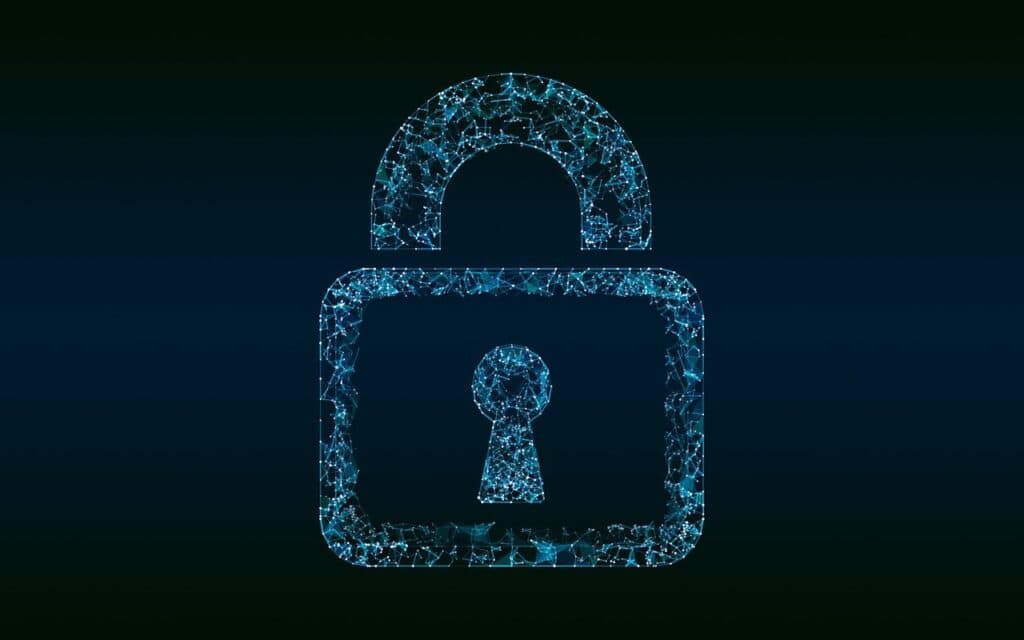Introduction: The Growing Need for Data Protection in Financial Firms
Cybersecurity threats are on the rise, and financial firms, particularly CPAs, are among the primary targets for cybercriminals. These businesses handle highly sensitive financial data, including personally identifiable information (PII), tax records, and banking details. Protecting this data is not only critical for maintaining client trust but is also required by law.
One such critical requirement is the Written Information Security Plan (WISP). The IRS mandates that all CPAs and financial professionals handling client tax and financial information implement a WISP to ensure compliance with regulatory requirements, protect client data, and mitigate security risks.
A WISP is more than just a formality—it is a structured cybersecurity framework that helps firms identify risks, enforce security measures, and ensure compliance with federal and state data protection laws. This blog explores the importance of having a WISP, the IRS requirements surrounding it, and the essential steps to developing an effective WISP for your CPA or financial firm.
What is a Written Information Security Plan (WISP)?
A Written Information Security Plan (WISP) is a comprehensive document that outlines the policies, procedures, and controls a business must implement to protect sensitive information from unauthorized access, loss, or breaches. It defines how an organization manages, stores, and secures data while ensuring compliance with federal and state regulations.
Key Components of a WISP
A robust WISP should cover the following:
- Data Classification and Risk Assessment – Identifies the types of sensitive data a business handles and the risks associated with them.
- Access Controls and Authentication – Ensures that only authorized personnel can access sensitive data through multi-factor authentication and role-based access.
- Encryption and Secure Storage – Protects client financial and personal data through advanced encryption methods and secure storage solutions.
- Incident Response Plan – Establishes a strategy for responding to cybersecurity incidents, including reporting procedures and client notifications.
- Employee Training and Awareness – Mandates cybersecurity training for employees to prevent phishing scams, malware attacks, and social engineering threats.
- Regulatory Compliance Measures – Ensures adherence to IRS regulations, Gramm-Leach-Bliley Act (GLBA), Federal Trade Commission (FTC) Safeguards Rule, and state data protection laws.
- Continuous Monitoring and Security Updates – Regularly reviews security protocols, patches vulnerabilities, and adapts to emerging threats.
Why is a WISP Mandatory for CPAs and Financial Firms?
1. IRS and Regulatory Compliance
The IRS requires all tax professionals and financial firms to implement a WISP under the FTC Safeguards Rule. This rule mandates that any business handling client tax and financial information must have a written security plan in place to protect consumer data.
Failure to comply with this requirement can result in:
- Fines and penalties for non-compliance.
- Suspension or revocation of IRS e-filing privileges.
- Loss of client trust and reputational damage.
Beyond the IRS, several federal and state laws require financial firms to enforce strict data protection measures:
- Gramm-Leach-Bliley Act (GLBA) – Requires financial institutions to protect customer financial information.
- Sarbanes-Oxley Act (SOX) – Mandates secure internal controls for financial reporting.
- California Consumer Privacy Act (CCPA) and New York SHIELD Act – Enforce consumer data protection and impose fines for non-compliance.
With financial cybercrime increasing, regulatory bodies are tightening their grip on compliance. Implementing a WISP is not an option—it is a legal necessity.
2. Protection Against Cyber Threats
The financial sector is one of the most targeted industries for cybercrime. Hackers and cybercriminals constantly seek access to tax documents, banking credentials, and sensitive business data.
Common cyber threats CPA firms face include:
- Phishing Attacks – Cybercriminals send deceptive emails to trick employees into revealing passwords or client financial details.
- Ransomware – Malicious software encrypts business data, demanding a ransom for recovery.
- Insider Threats – Employees with unauthorized access to sensitive files may leak or misuse data.
- Data Breaches – Hacking incidents exposing financial records lead to legal issues and reputational damage.
A WISP helps CPA firms implement proactive security measures to prevent cyberattacks and minimize risks before they escalate into costly incidents.
3. Client Trust and Reputation Management
CPA and financial firms operate in an industry where client trust is paramount. A single data breach can shatter a firm’s reputation, causing clients to lose confidence in their ability to protect financial data.
By implementing a WISP, your firm demonstrates a proactive commitment to cybersecurity and compliance. Clients will have confidence in your security measures, knowing their tax and financial records are safe.
How to Develop and Implement a WISP for Your CPA Firm
Developing a WISP may seem like a complex process, but breaking it down into structured steps makes it manageable.
Step 1: Identify and Classify Sensitive Data
Begin by cataloging all the information sources within your firm. Consider the following:
- Data Types – Personal identification information (PII), tax records, financial statements, payroll data, and banking details.
- Storage Locations – Cloud storage, local servers, external drives, or paper records.
- Risk Assessment – Identify key cyber threats that could compromise client data security.
Step 2: Develop a Security Strategy
Once you understand your data and risks, define security measures tailored to your firm’s needs. This includes:
- User Access Controls – Restrict access to financial data based on employee roles.
- Encryption – Secure data at rest and in transit using encryption protocols.
- Password Management – Implement multi-factor authentication and enforce password security best practices.
- Regular Software Updates – Keep all accounting and financial software up to date.
- Secure Backups – Maintain encrypted data backups in multiple locations.
Step 3: Employee Training and Awareness
Employees are the first line of defense in cybersecurity. Regular training sessions should cover:
- Phishing Awareness – Educating employees on how to recognize and avoid email scams.
- Secure Handling of Client Data – Guidelines on accessing, transmitting, and storing sensitive data.
- Incident Reporting – How employees should respond if they suspect a data breach.
A well-trained workforce significantly reduces the risk of human error leading to security breaches.
Step 4: Implement Technical Security Measures
Your firm should invest in advanced cybersecurity tools and solutions, including:
- Firewalls and Intrusion Detection Systems – Monitor and prevent unauthorized access.
- Endpoint Security Solutions – Secure employee devices from malware and cyber threats.
- Automated Threat Monitoring – Use AI-driven solutions to detect unusual activity.
Step 5: Regular Monitoring and Compliance Audits
A WISP is not a one-time document—it requires ongoing maintenance and updates. Ensure regular:
- Security audits to assess vulnerabilities.
- Penetration testing to simulate cyberattacks and measure resilience.
- Regulatory compliance reviews to keep up with evolving IRS and federal requirements.
How CMIT Solutions Can Help Your Firm Develop a WISP
Developing and maintaining a WISP can be challenging, but CMIT Solutions specializes in creating customized security plans for CPA firms and financial professionals.
Our services include:
Developing a tailored WISP that meets IRS and federal compliance standards.
Implementing cybersecurity measures such as encryption, firewalls, and access controls.
Providing employee training programs to mitigate human error risks.
Continuous monitoring and risk assessments to prevent data breaches.
By partnering with CMIT Solutions, your firm can focus on financial services while we handle your data security and compliance needs.
Final Thoughts: Secure Your CPA Firm with a WISP Today
Cybersecurity is no longer optional for CPAs and financial firms. A WISP is an IRS-mandated requirement that ensures regulatory compliance, protects client data, and strengthens your firm’s security posture.
Contact CMIT Solutions today to develop a WISP that meets compliance requirements and keeps your firm safe from cyber threats.






